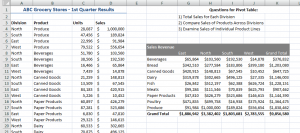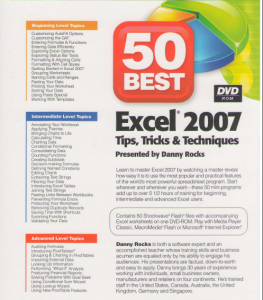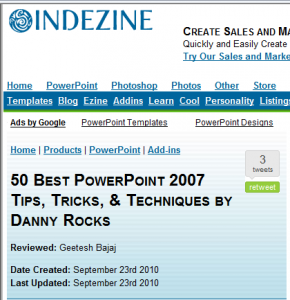How many presentations do you “sleep through” – where the presenter displays slide after slide packed with numbers? Probably more that you wish – unless you need to catch up on your sleep!
Numbers are powerful – they help to support your point of view; they help to make your case. But, don’t overwhelm your audience with numbers, numbers, numbers. Don’t make the assumption that “the numbers speak for themselves.” If they do, then why do we need to hire you to advance the slides? Just send the numbers to us. Or… include them in your handout.
If you are going to “present” numbers, you need to direct the discussion of those numbers so that the audience can see and understand the trends that you are pointing out. One effective way to do so is to use Custom Animation in PowerPoint to introduce one chart series at a time.
Watch this short 5 minute video as I share my best practice tips for displaying financial numbers during a PowerPoint Presentation.
Bonus: You can read – and download – the article that I published on this topic. Click here to read “Five Tips for Displaying Numbers During a PowerPoint Presentation” on www.exinearticles.com





